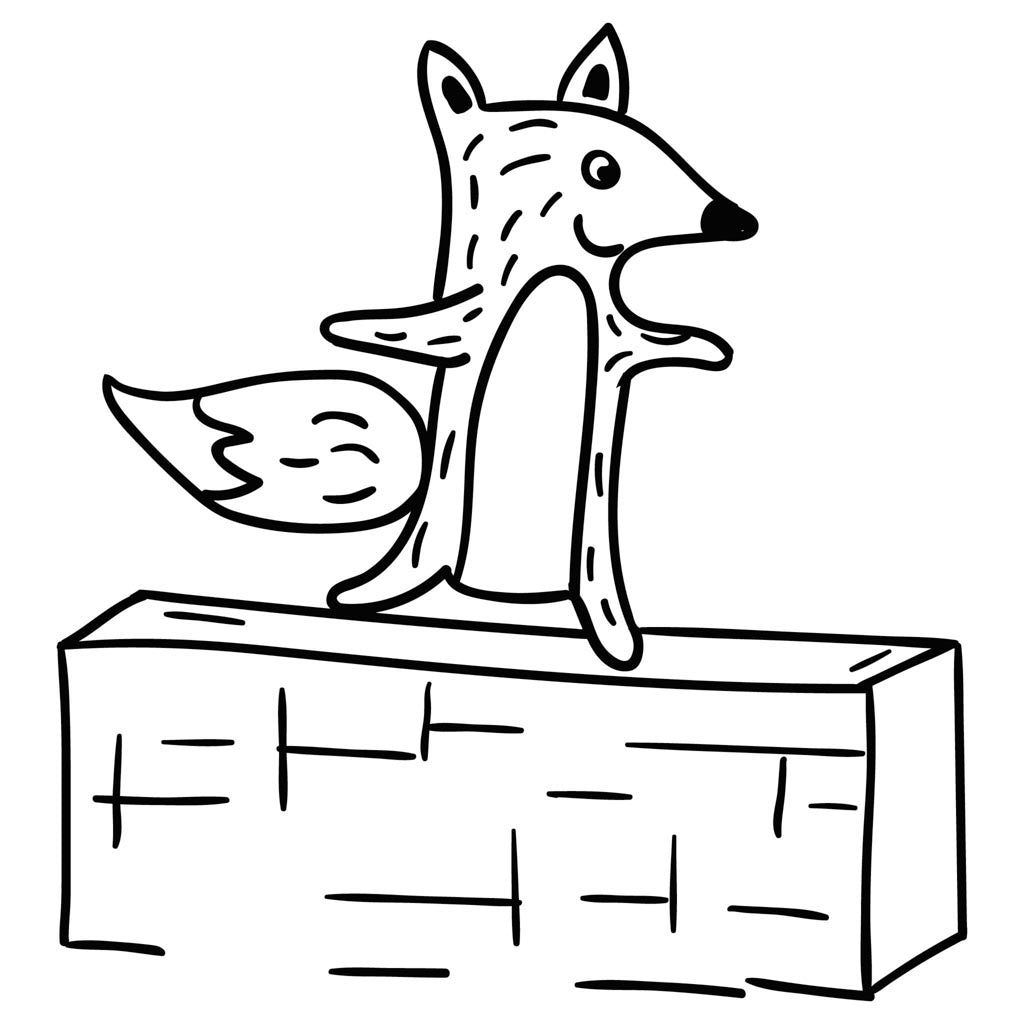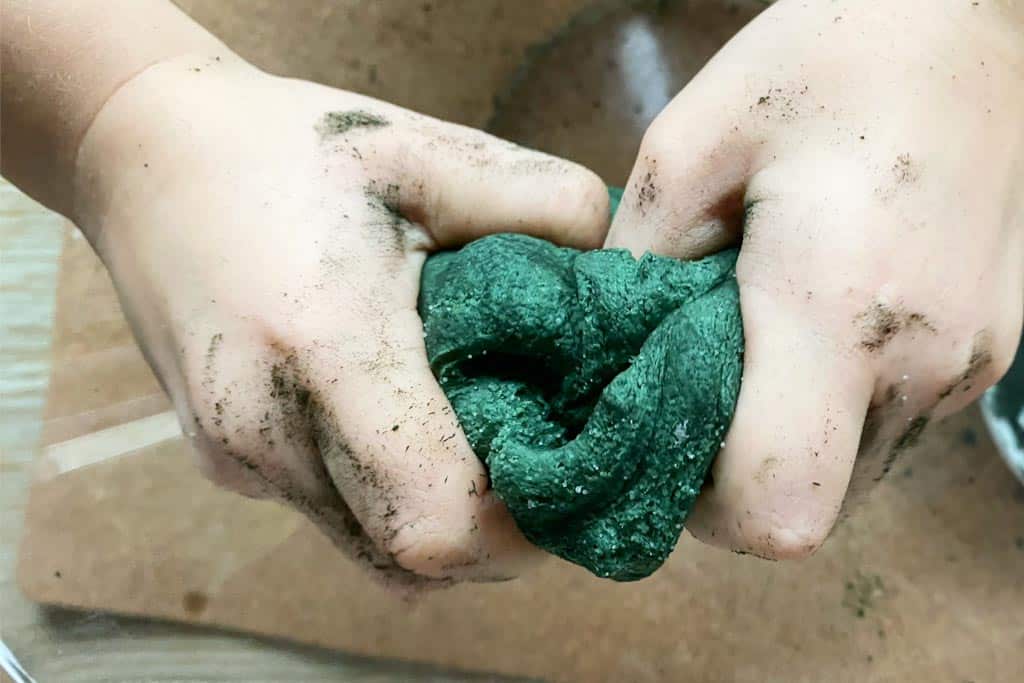Oobleck is weird.
It sits at the junction of science and fun, a bit of both and a lot of neither.
Water and honey flow easily when you pour them. They are ‘Newtonian’ fluids which means they behave as you would expect, no matter how quickly you try to push or stir them.
But Oobleck is different. If you slowly dip your hand into it, it acts like a liquid and your hand goes right in. But if you try to push or squeeze it quickly, it acts like a solid and resists you. Pinch it between your fingers to make a ball. As long as you continue to apply the pressure, it retains its shape. But relax your fingers even slightly and it instantly goes runny and trickles away. It’s mind-blowing the first time you see it.
‘Oobleck’ gets its name from the Dr. Seuss book, “Bartholomew and the Oobleck,” in which a gooey green substance, Oobleck, falls from the sky.
Ready to create your own magical Oobleck? Here’s a simple recipe to get you started:
Ingredients
1 part water
1.5 to 2 parts cornflour
A few drops of food colouring (optional)
Instructions
- In a large bowl, mix the water and cornflour together. The mixture should be hard to stir but still liquid enough to flow like a runny mixture.
- If you want to add a bit of visual excitement, stir in a few drops of your chosen food colouring.
Voila! Your Oobleck is ready for play.
Remember, the consistency of your Oobleck might require a bit of trial and error. If it’s too watery, add more cornflour; if it’s too thick, add more water.
Once your Oobleck is ready, it’s time to let your children dive in. They can squish it, punch it, pour it, and explore its unusual properties. Remember, this is not only fun, it’s a learning experience. Ask them questions to get them thinking about what they’re observing. Is it a solid? A liquid? How does it change from one state to another?
Try these fun Oobleck variations
- Glow-in-the-dark Oobleck. Substitute regular food colouring with glow-in-the-dark paint for an exciting nighttime sensory activity.
- Scented Oobleck. Add a few drops of child-safe essential oils or extracts for a multisensory experience.
Just a word of caution: although Oobleck is safe and non-toxic, it’s not meant to be eaten, so do keep a close eye on younger children during play.
Cleanup is straightforward. You can simply throw the Oobleck in the bin (it can clog your drains if you rinse it down the sink). Any dried Oobleck can be vacuumed or brushed off from surfaces.
So, let your children indulge their scientific curiosity while having heaps of fun. This Oobleck activity is guaranteed to provide endless fascination, teaching them that sometimes, things are not quite as they seem. Who knew science could be so delightfully messy?
Final word
Sensory play should be the centrepiece of your child’s early play. Grappling with weird, slightly unpleasant substances like Oobleck, slime and Gak give your child the confidence to try other, even more-overwhelmingly sensory experiences. And in this way, they grow.




